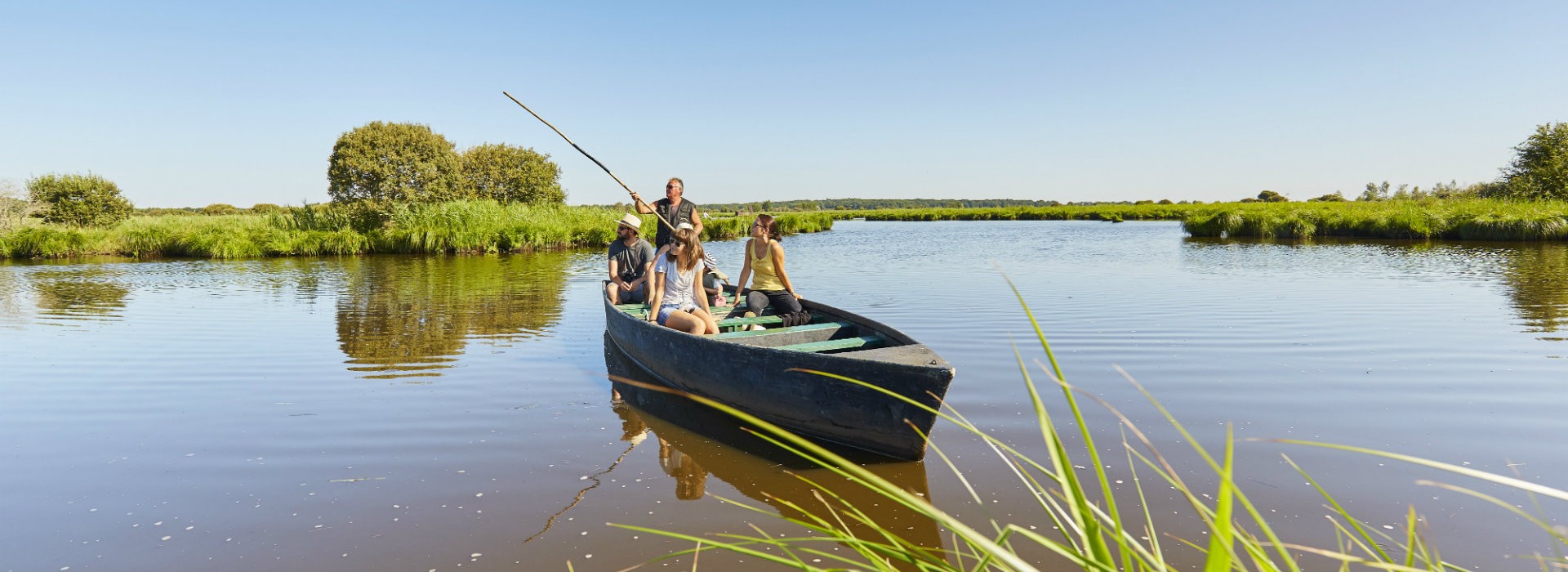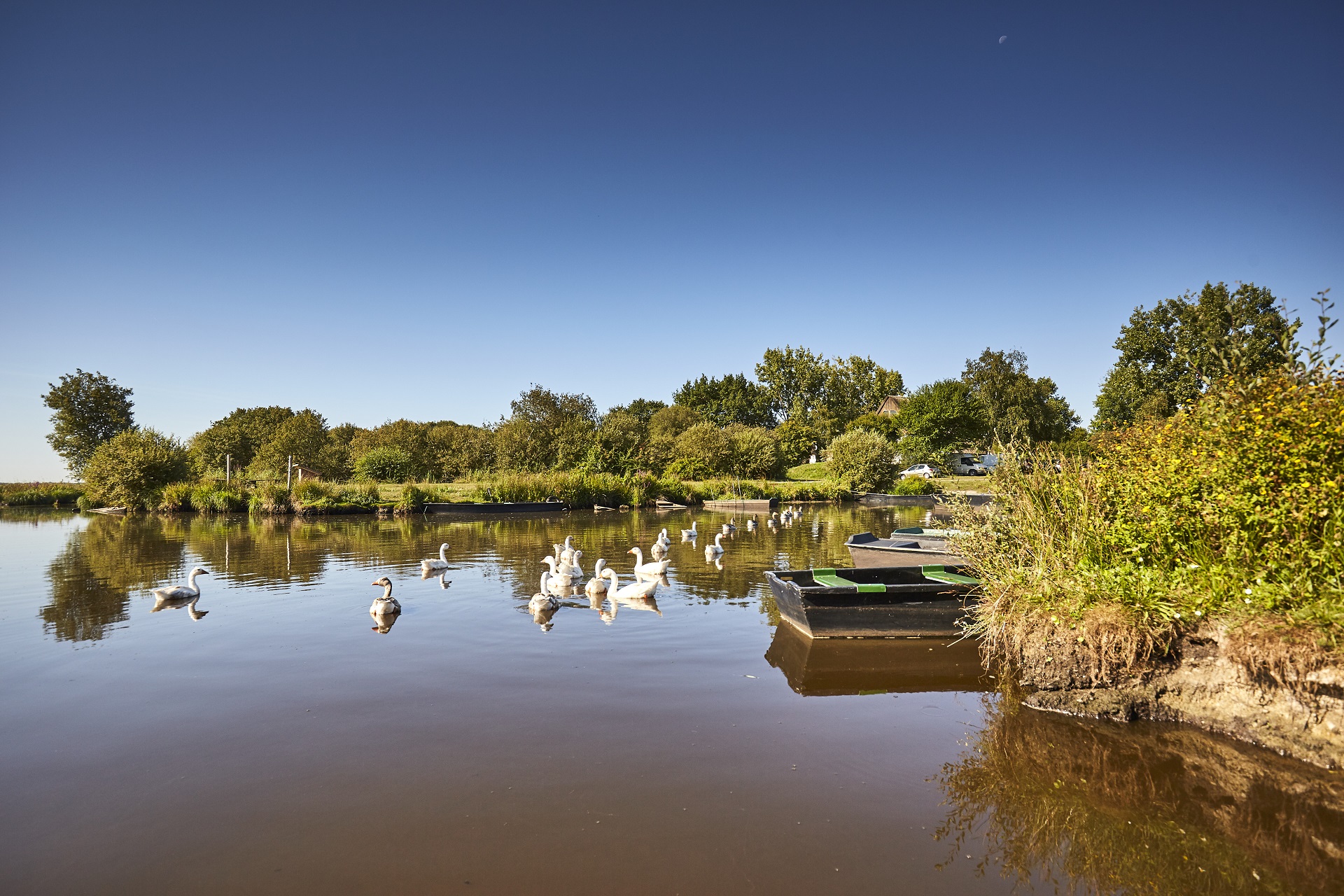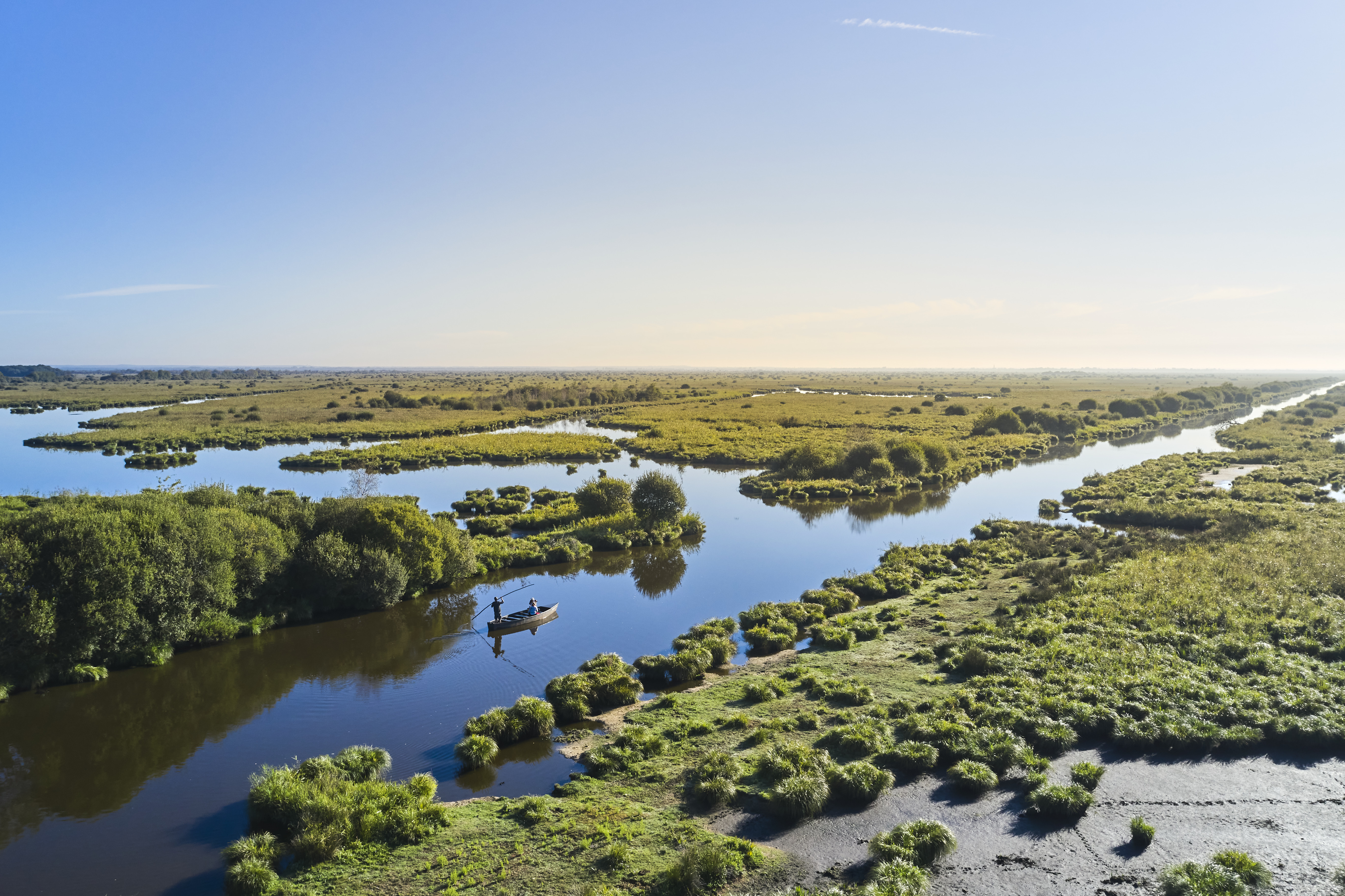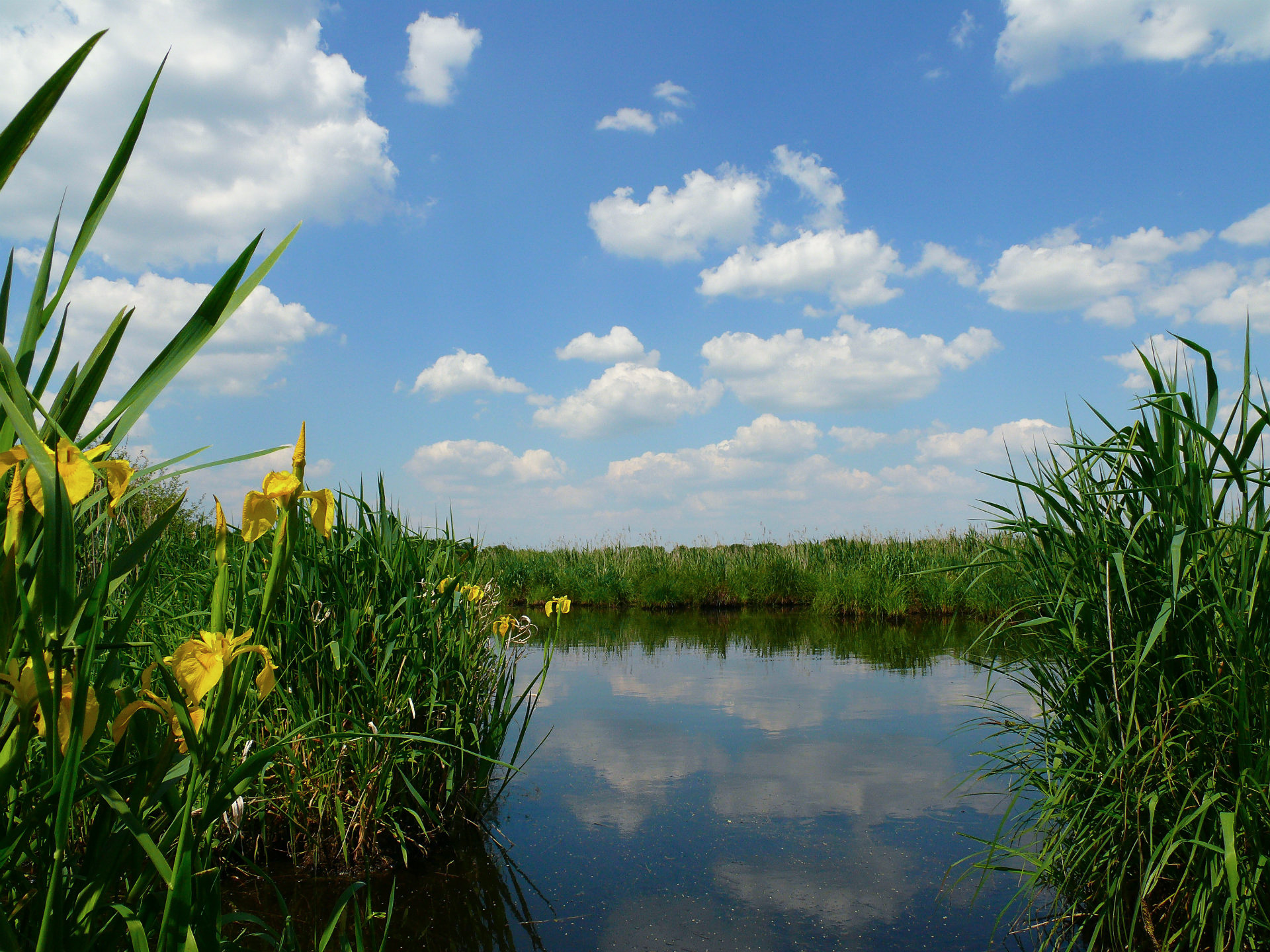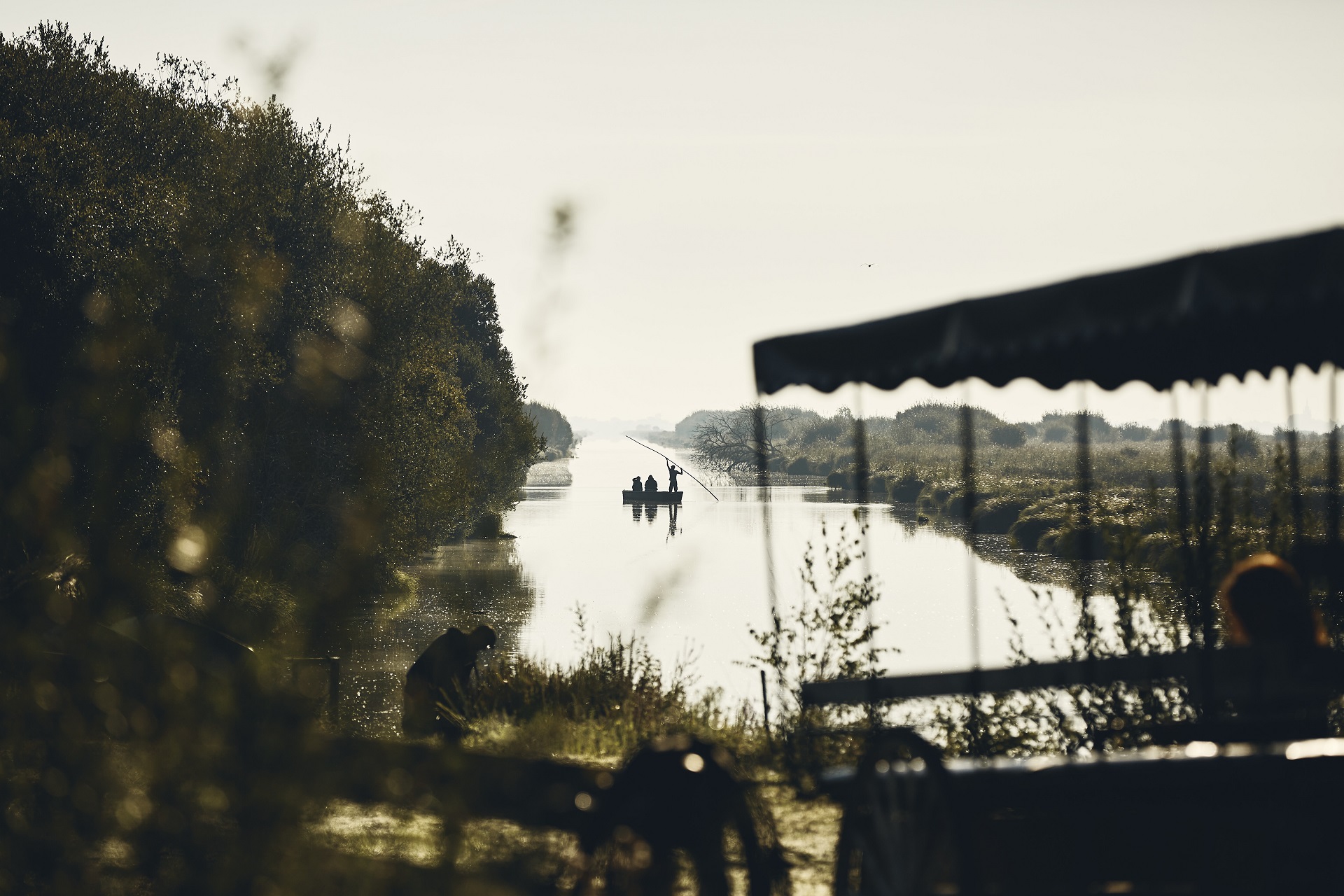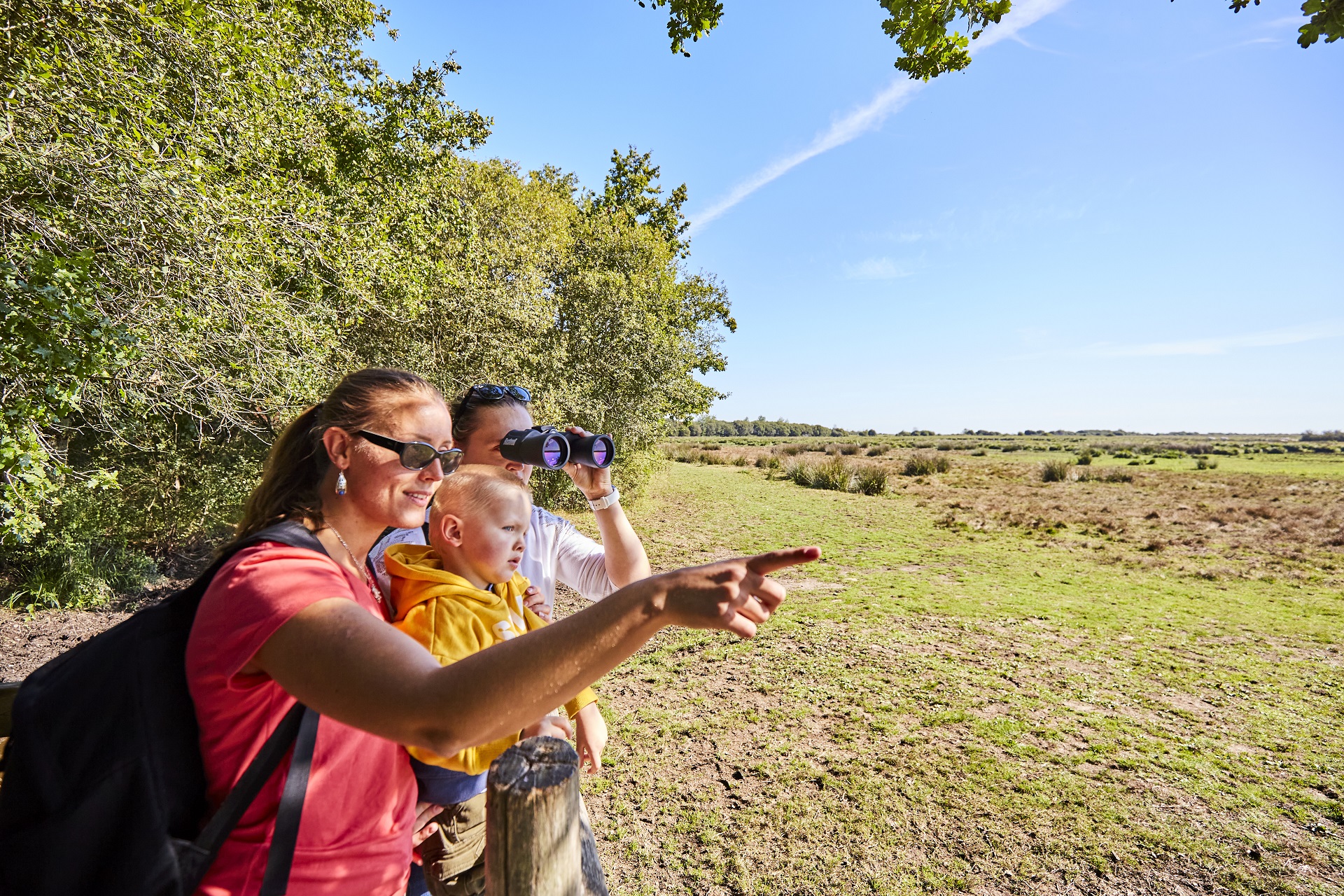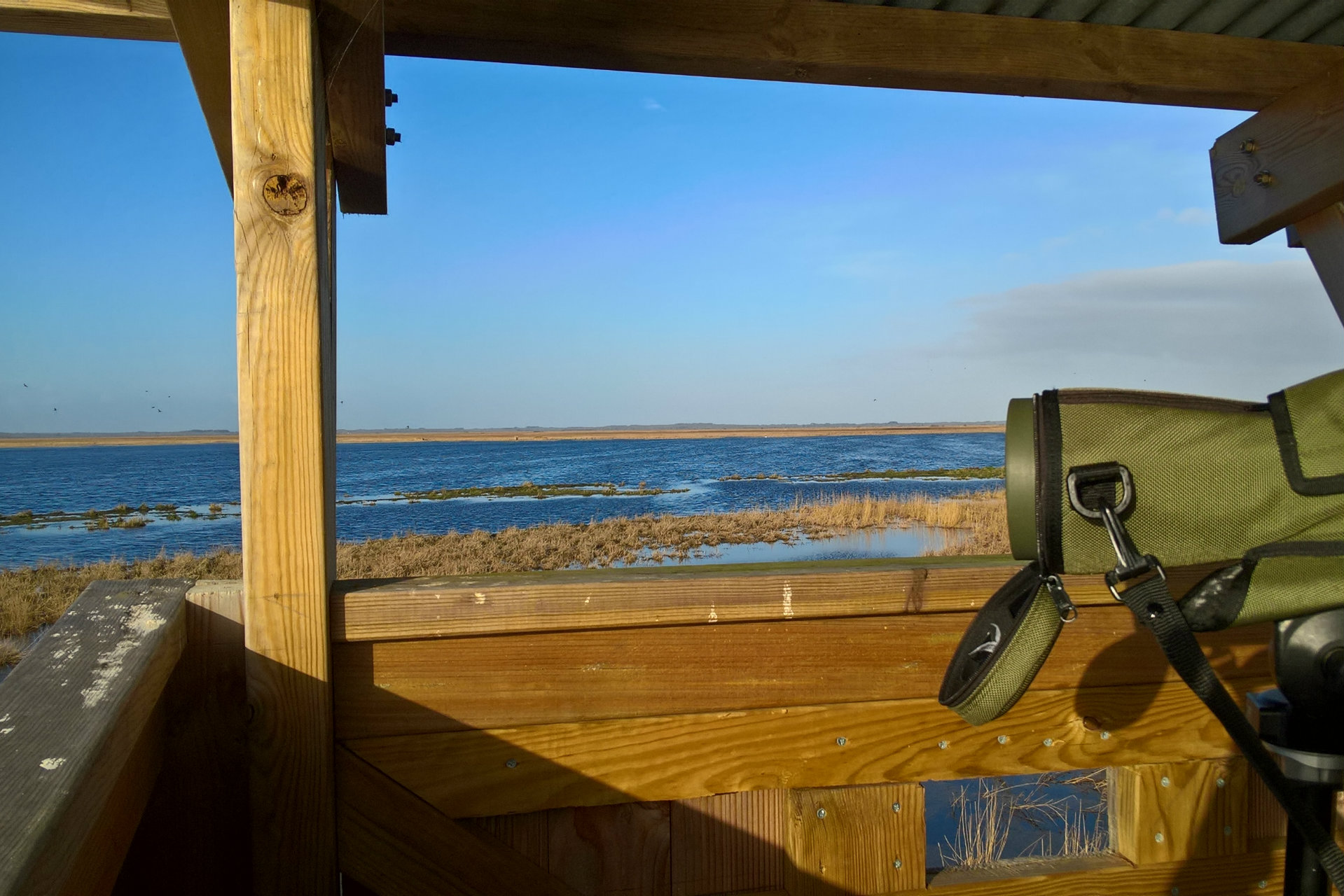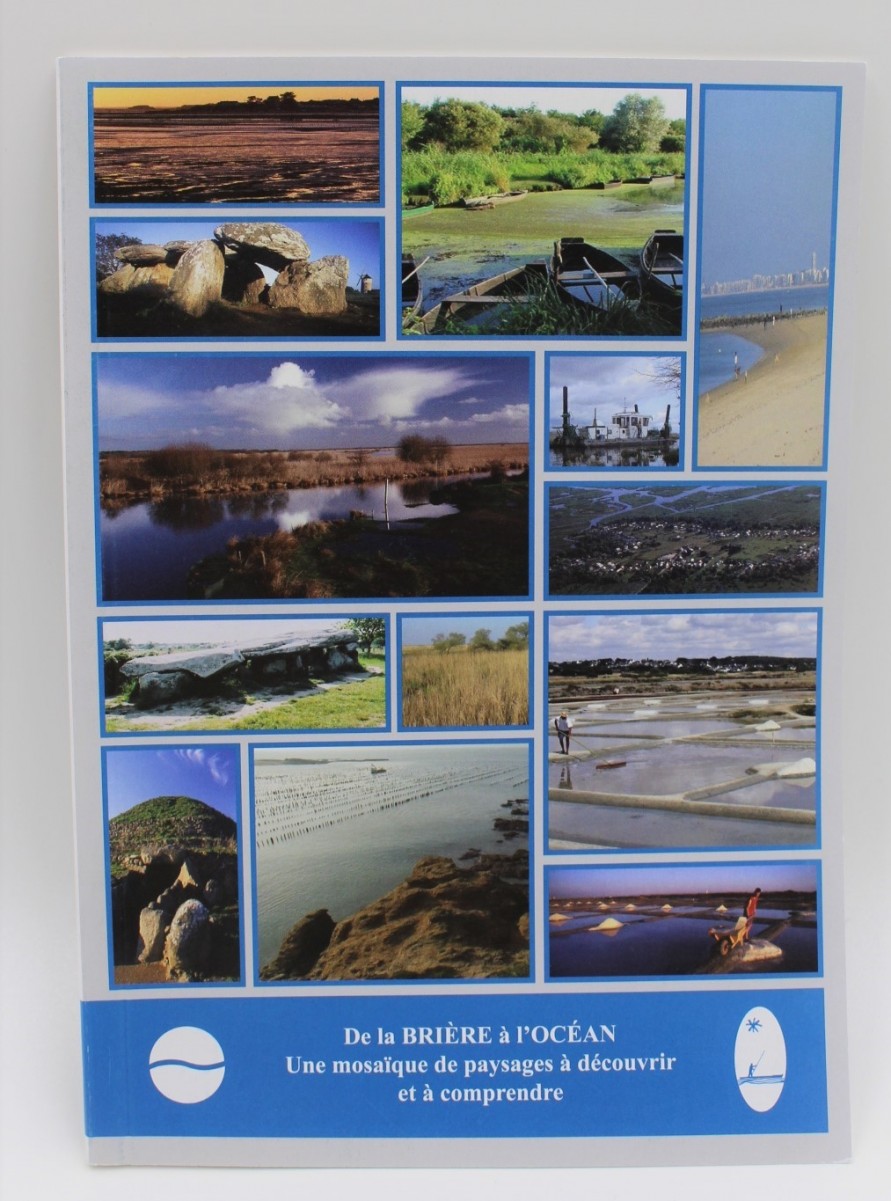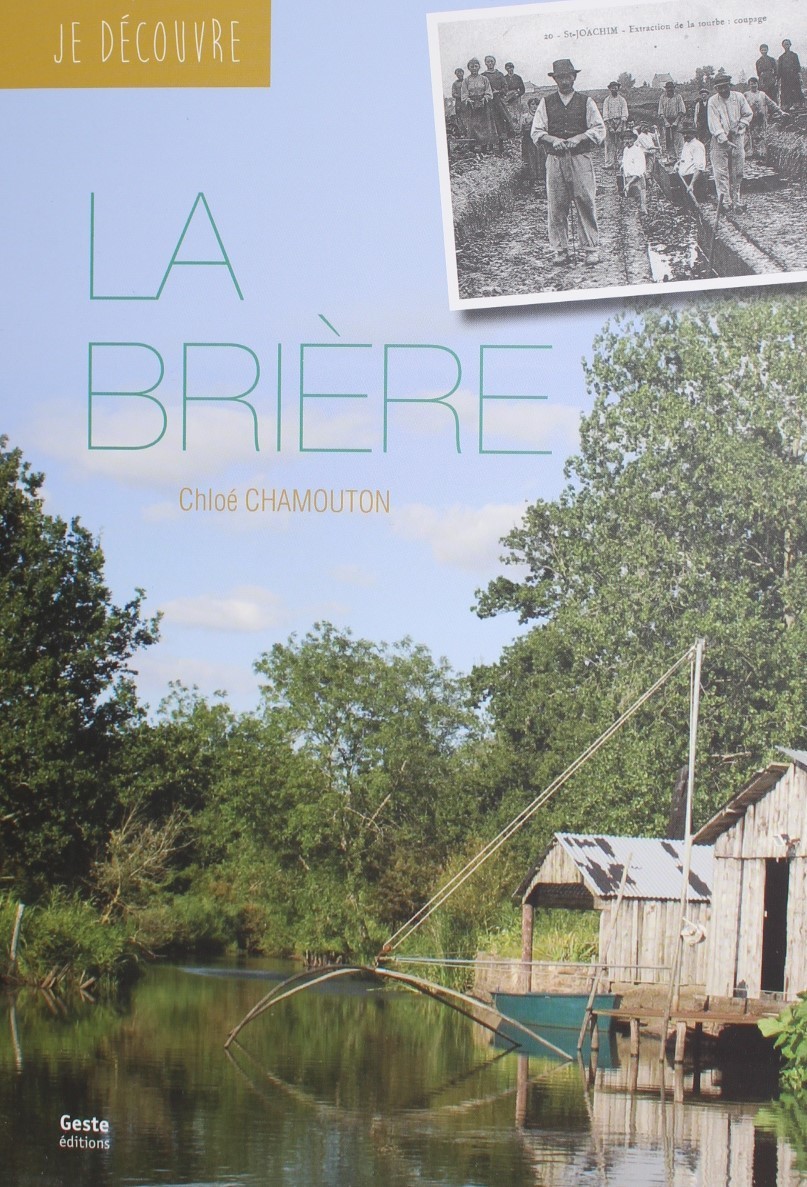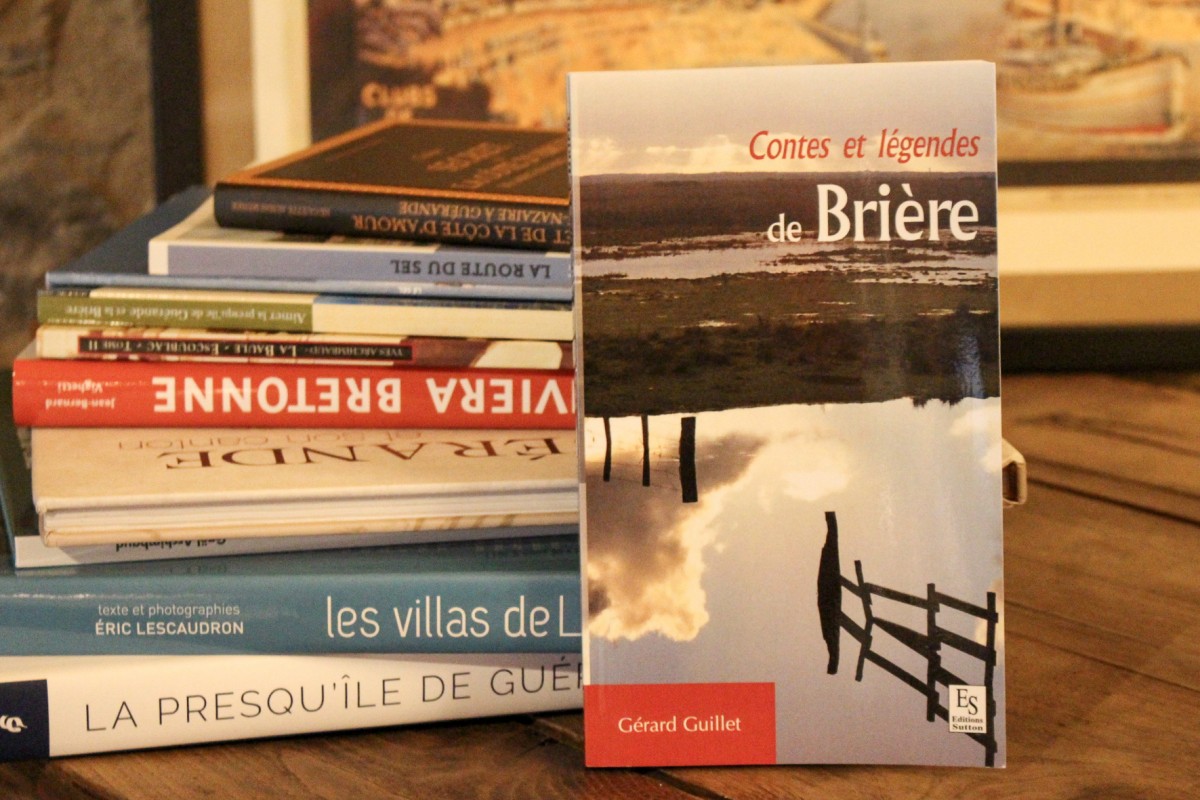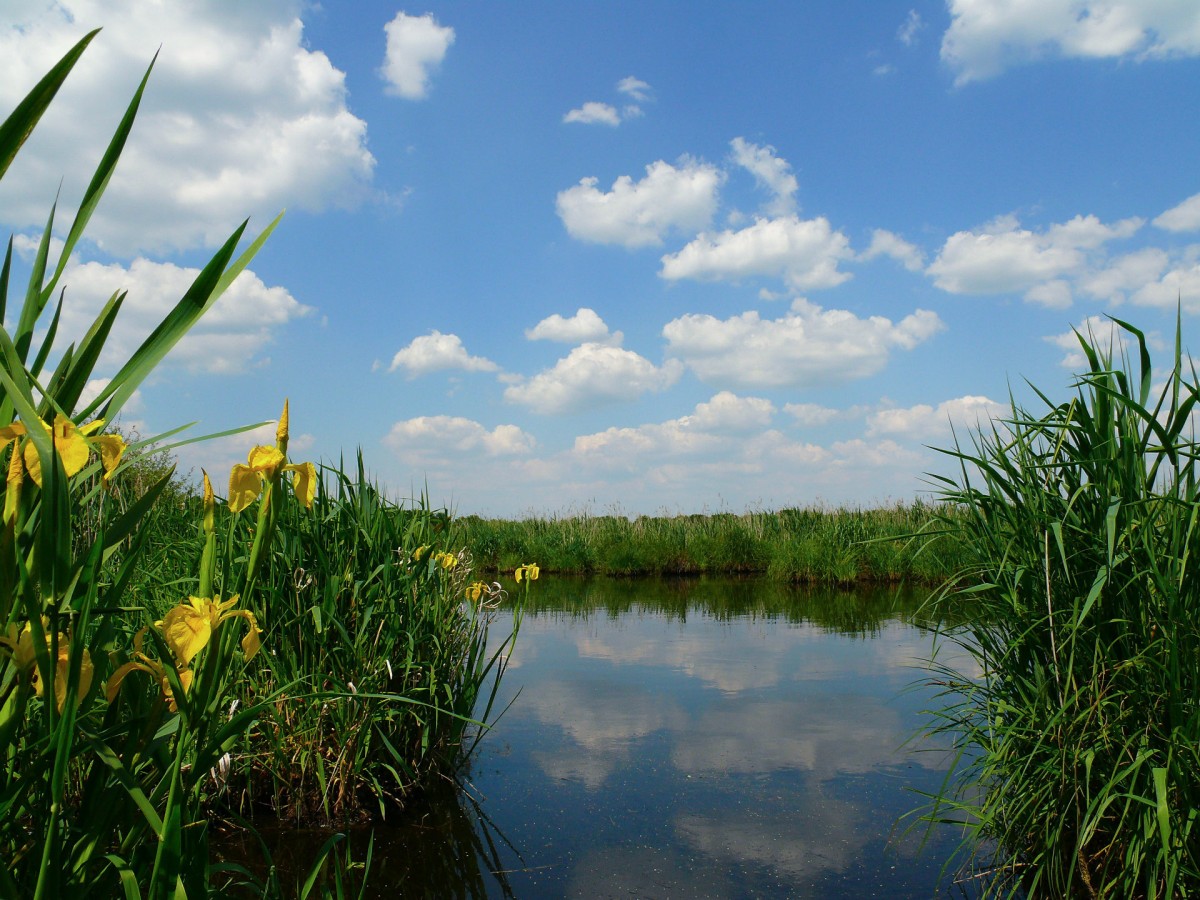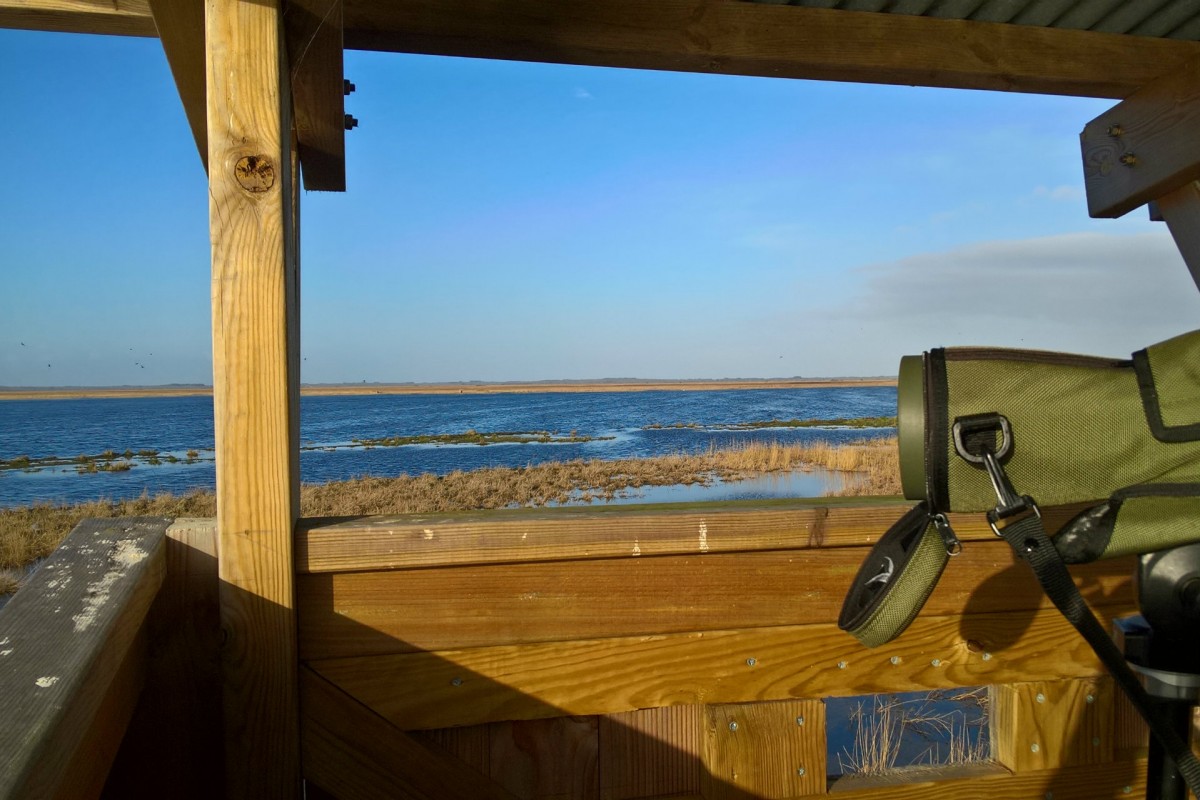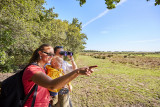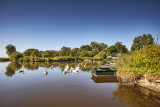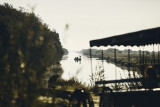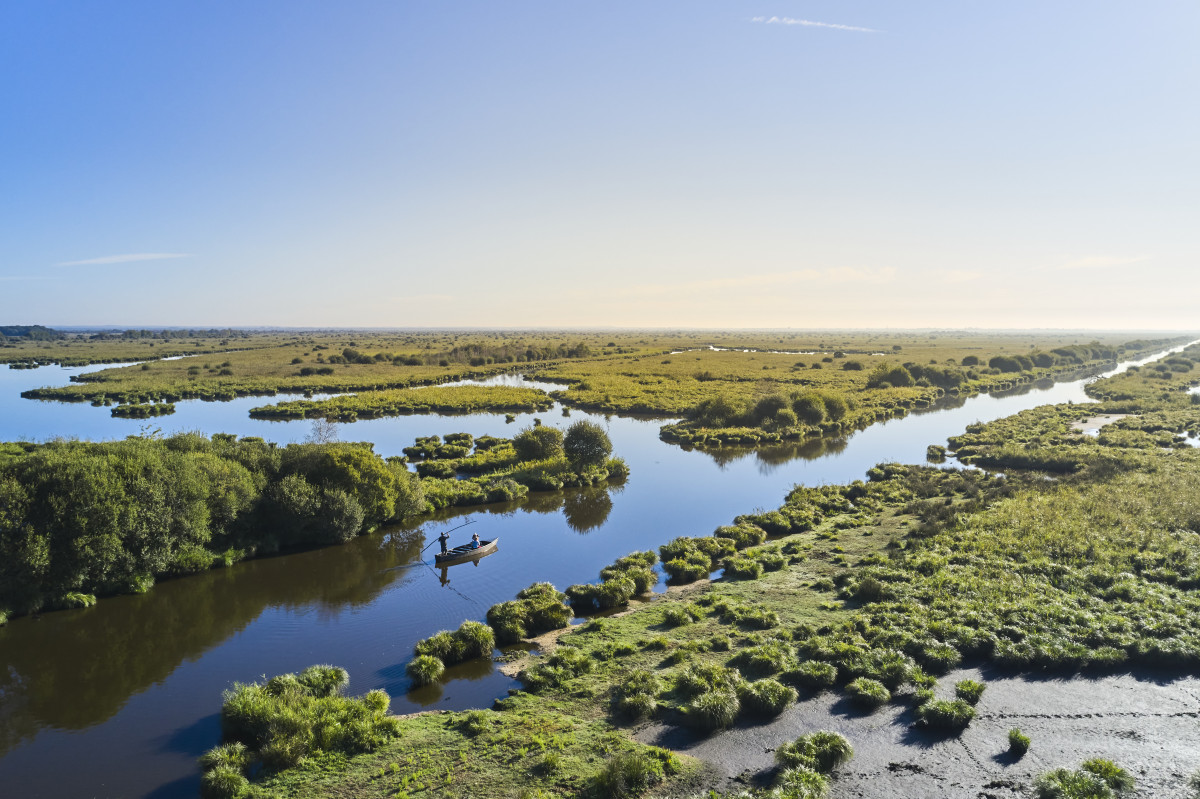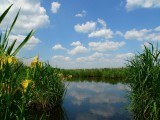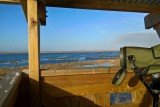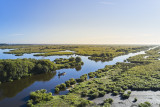The marshes of Brière
The marshlands of La Grande Brière are like a large mosaic of channels, shallow lakes, reed beds, water meadows and mounds. Both the birdlife and flora are rich and varied here. Most of the species of fresh water fish are also to be found in the waters of the wetlands.
Not so far from La Baule and Guerande...
Come and discover The Regional Natural Park of La Brière which encompasses an area of wetlands which is one of the richest in flora and fauna in Europe. This constantly evolving aquatic environment has been passed down to us through the work of generations of men and women who have earned their living here.A stone’s throw from La Baule and the salt marshes of Guérande, the wetlands of ‘La Grande Brière’ never cease to astound the visitors who come here. Its most beautiful landscapes best revealed by taking a trip punted along this vast network of channels,which crisscross the water-meadows, aboard a chaland – the traditional black, tapered flat-bottomed boat.
Here lives the swamp
Water makes the marsh a place teeming with life. Everywhere birds, fish, insects pass, hide, feed among the plants. The marsh is a mosaic of environments, half-aquatic, half-terrestrial: large reedbeds, canals, floodplains and peat bogs are home to their own flora and fauna. Considered for a long time as unhealthy places, the marshes have been drained, filled in, for the benefit of crops and urban development. In 50 years, we have lost three quarters of our wetlands in France, with all the associated biodiversity. By discovering the Brière marshes, you therefore benefit from landscapes and species that are both exceptional and rare.
Like pearls in a necklace...
Because nature knows no borders, the sites often operate in a network. This is the case for this sector located north of the Bay of Biscay, between ocean and estuaries. The marshes of Brière, the salt marshes of Guérande, the Lac de Grand Lieu, the estuaries of the Loire and the Vilaine and the Gulf of Morbihan, form an immense web that functions as communicating vessels. All of these areas therefore benefit from international protection measures: Ramsar Convention (protection of wetlands of international importance), Natura 2000 (European directive for the protection of habitats and birds).Regional natural park
The Regional Natural Park label is awarded to rural areas with a remarkable natural and cultural heritage. With the development of neighboring towns, from the 1960s, it seemed essential to safeguard this biodiversity. Once the natural site was classified (1967), a mode of development, in line with the conservation of its heritage (natural and cultural), was implemented. This is how the Brière Regional Natural Park was born, one of the very first (there are now 54) and whose 50th anniversary we are celebrating in 2020.A specific legal status
One of the particularities of La Brière lies in the legal status enjoyed by the marshlands of ‘La Grande Brière Mottière’. The latter is in effect the joint property of the inhabitants of the 21 local towns. This is indeed not at all a recently acquired privilege as it was in 1461, that for the first time, official confirmation of ownership was proclaimed by the Letters of Patent of François II, Duc de Bretagne. Today, the ‘Briérons’ continue to enjoy ownership of their marshlands and the privilege of its sole management.Video - Maintenance of the marsh
In french.The best way to discover the marshes from inside
There are several ways to appreciate the extent and landscape diversity of the Brière marshes. One of the most picturesque, the barge, is also the only one that allows you to enter the heart of the marsh. The barge is the traditional boat of Brière, once the only means of transport for the inhabitants of the marsh islands, which are now accessible by road. Tapered and flat-bottomed, the barge is moved using a long pole. Several professionals are located around the edge of the marsh: discover them below.Discover them

